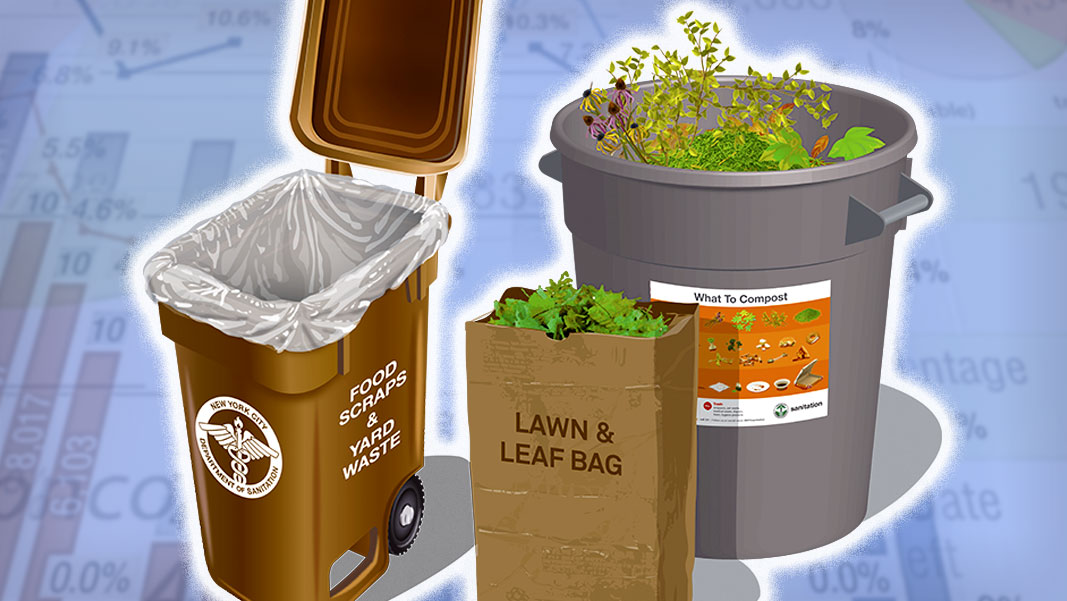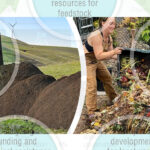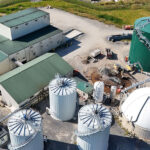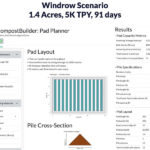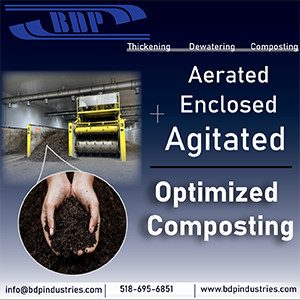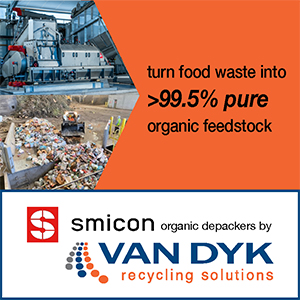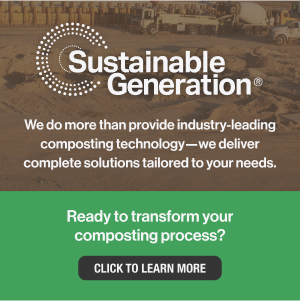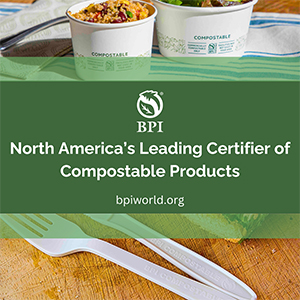Top: Image courtesy New York City Department Of Sanitation
New York City’s (NYC) citywide residential organics capture rate was 8.8% in April 2025 and hit 10.4% in May, even though enforcement of the mandatory program was halted April 18th. Three weeks of residential curbside organics enforcement in April 2025 — marked by the issuance of around 4,000 tickets — led to “a significant and sustained improvement in organics capture rates across all 59 community districts in NYC,” reports Samantha MacBride, PhD, Adjunct Associate Professor at the Baruch College Marxe School of Public and International Affairs at the City University of New York, in her Spring 2025 quarterly capture rate analysis. “The June capture rate declined slightly to 9.4%. The increase is a promising direction that needs to be studied and further improved to protect the program from budgetary cancellation in the near future. To sustain and continue to increase the capture rate to where it needs to be to maintain a fiscally viable program (a target of 30% capture), the NYC Department of Sanitation (DSNY) must continue and improve outreach, education, and performance evaluation in conjunction with future enforcement.”
Table 1 reports the average residential curbside organics capture rates by quarter since Winter 2024. MacBride has been writing quarterly capture rate reports using data reported by DSNY or that is available through public records for many years. In 2024, two analyses written by MacBride were featured in BioCycle (March 2024; October 2024). She notes that one of the major findings in the latest analysis is counterintuitive: “The fact that DSNY began enforcing in April 2025 had a large and undeniable effect on building compliance across the board; this effect held after early cancellation of enforcement by City Hall.” However, she notes, “despite this general effect, a closer look at performance on a Borough and Community/Sanitation District basis finds no statistically significant correlation between numbers of tickets issued, on a straight or per building basis, and that District’s capture rate.” MacBride’s prior research has found similar trends with paper, metal, glass and plastics recycling enforcement, in which rates of ticketing do not correlate with recycling capture or diversion rate achievement. She writes, “As odd as it sounds, the awareness and threat of enforcement is potent citywide, but the actual act of enforcement is not tied to behavioral change on an aggregate level.”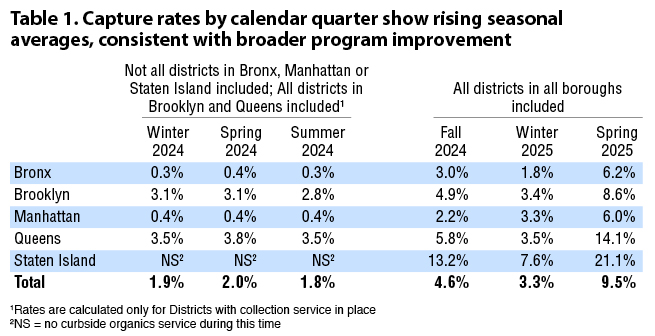
Other important findings summarized by MacBride include:
- The vast majority of compostable organics (over 90%) continue to be sent to landfills and waste-to-energy combustors.
- Housing density, specifically prevalence of one- to two-unit households in a district, continues to be the strongest, and statistically significant, driver of performance by far. “This points to the outsized role of yard waste in program success,” notes MacBride.
- There is no way to estimate how much of the improved diversion is yard waste vs. food waste/compostable paper because DSNY does not publicize such data. “Interest in this question is strong among journalists,” she adds. There is also no available data on contamination rates.
- Since 2025, DSNY has improved its analytic rigor in reporting statistics, and does not appear to be conflating statistics or presenting them out of context/inaccurately as it did in press releases and public statements from 2021 to 2024. “Industry-standard analytics have replaced political framings,” says MacBride. “The City is improving in Openness, Accountability and Transparency with regard to waste data, but there are still areas for improvement and inclusion of the public that need to be pursued.”


